OUR APPROACH TO SUSTAINABLE CHANGE
How do we sustain improvements in child well-being?’

What is Sustainability?
To achieve our ministry goal of sustained well-being of children within families and communities, especially the most vulnerable, the sustainability of improvements brought about through our work is essential.
Sustainability refers to the ability of local communities, partners and other stakeholders to continue to maintain and improve child well-being after the end of WV’s programme interventions. This definition is rooted in the recognition that our programmes operate for a limited duration and that World Vision’s contribution to a community’s journey will always be temporary. Our commitment to sustainability is key to the duty of care we owe to those we seek to serve and empower, and it underpins our responsibility to sponsors, supporters and donors.
What are the drivers of sustainability?
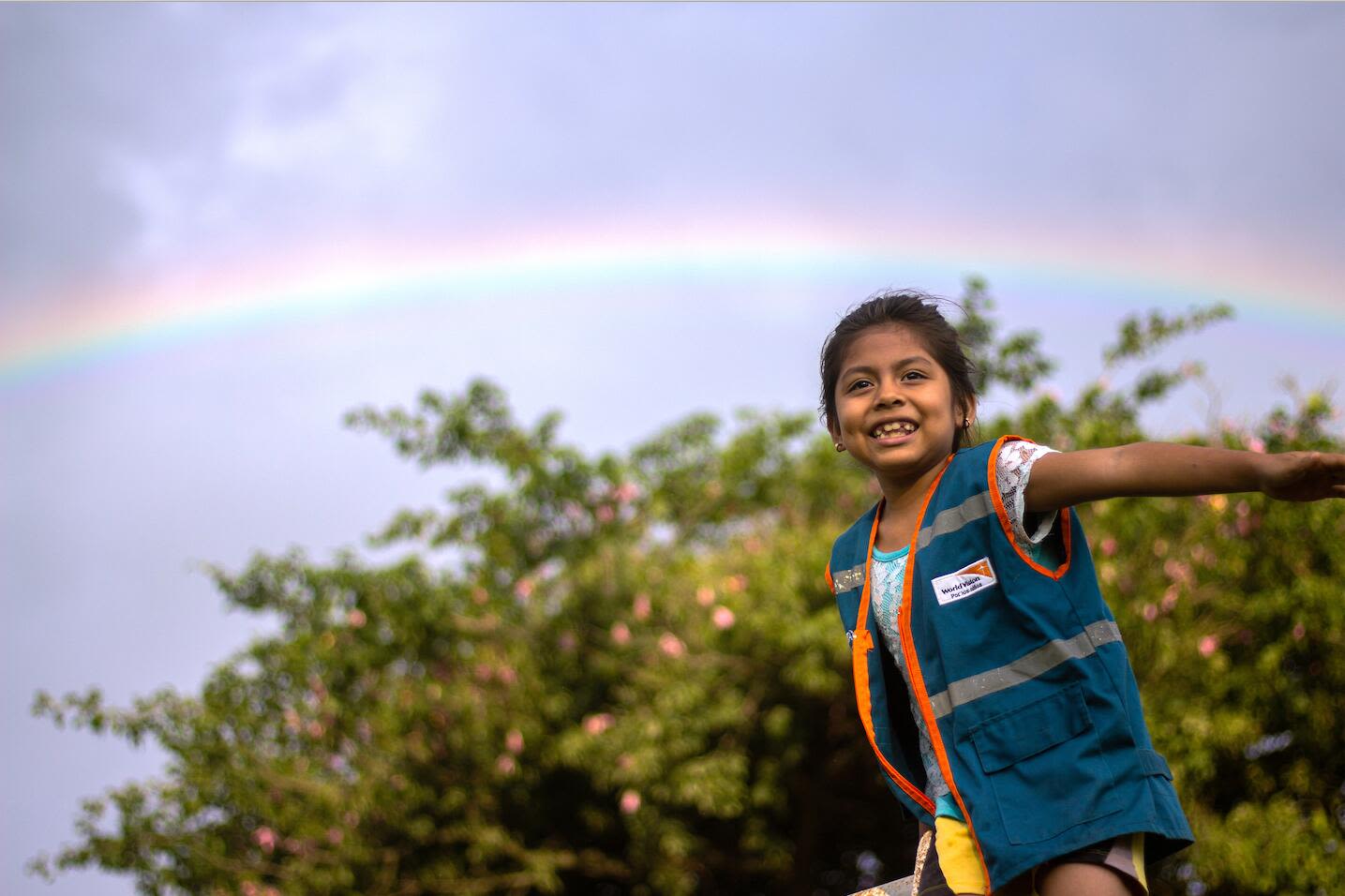
At World Vision, we have identified five main drivers of sustainability that we believe help to promote favourable conditions and mechanisms for improvements in child well-being to sustain after we have left. The drivers are:
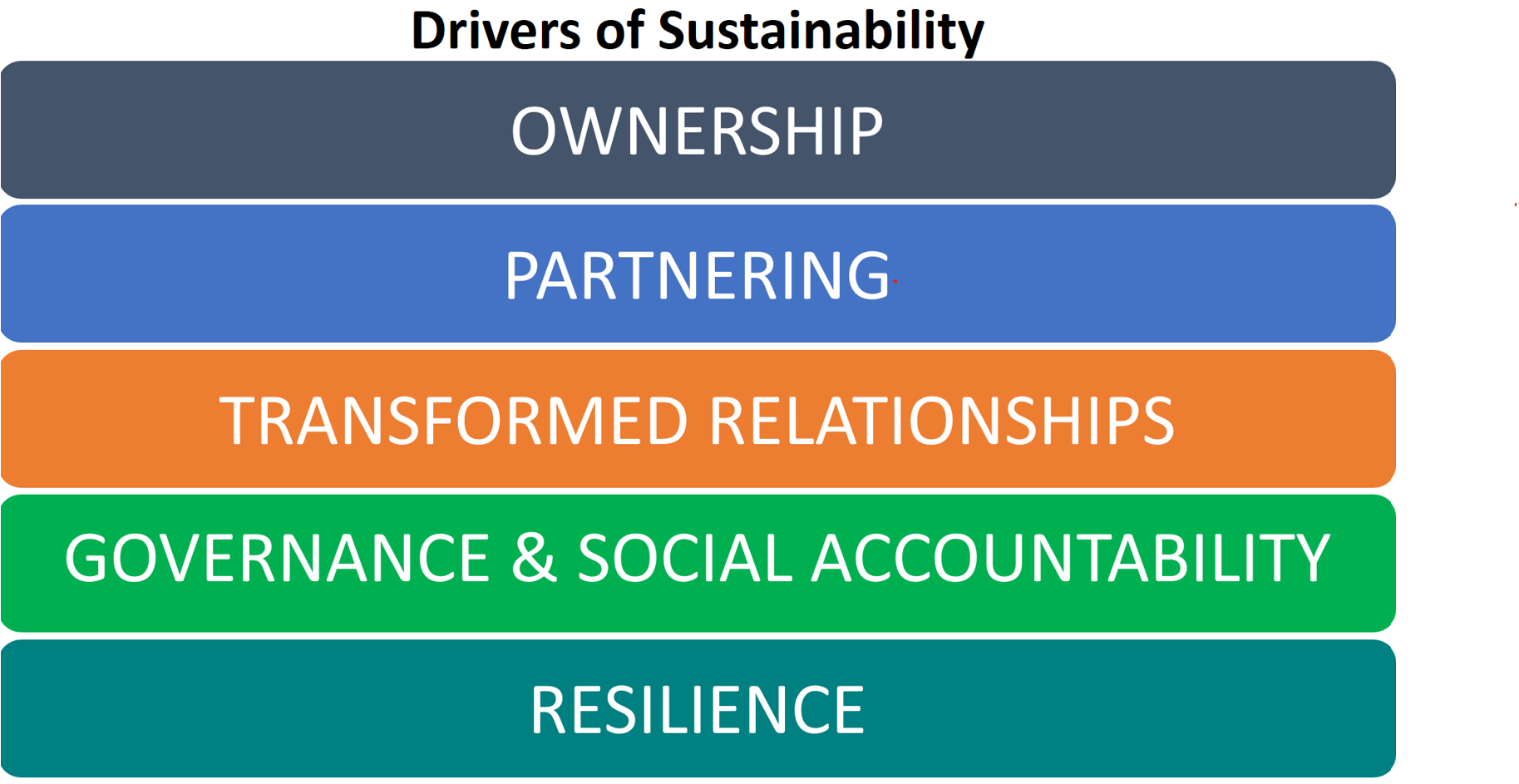
Together they create an enabling environment in which we believe it is more likely that improvements in child well-being will be sustained and further improved in the future.
The drivers have been informed by our own theories and experiences of community development, by research findings, and by authoritative views within the development community. We use context-appropriate programme approaches, and associated project models, to strengthen the Drivers.
What is local ownership?
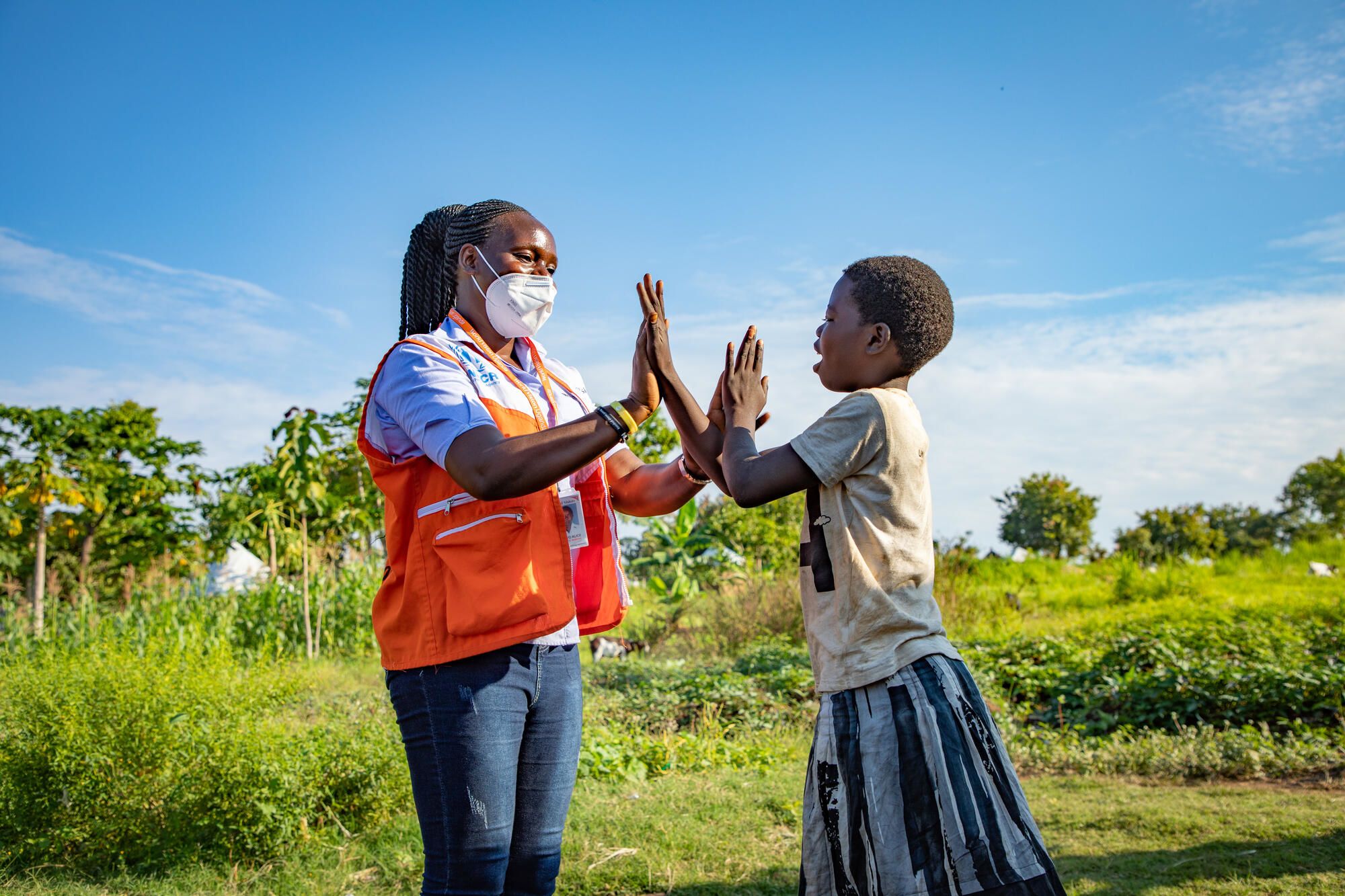

We believe that child wellbeing is more likely to be sustained after the end of our programme interventions when the development journey is led and owned by the local community. We regard all people as created and loved by God. One of our Core values is to value people, and to act in ways that respect the dignity, uniqueness and intrinsic worth of every person. Only by giving people power to make decisions over their own lives will they be able to reach their full potential.
To strengthen local ownership, we strive to ensure that our programmes are : community-led, empowering, and planning ahead for closure.
What is partnering?
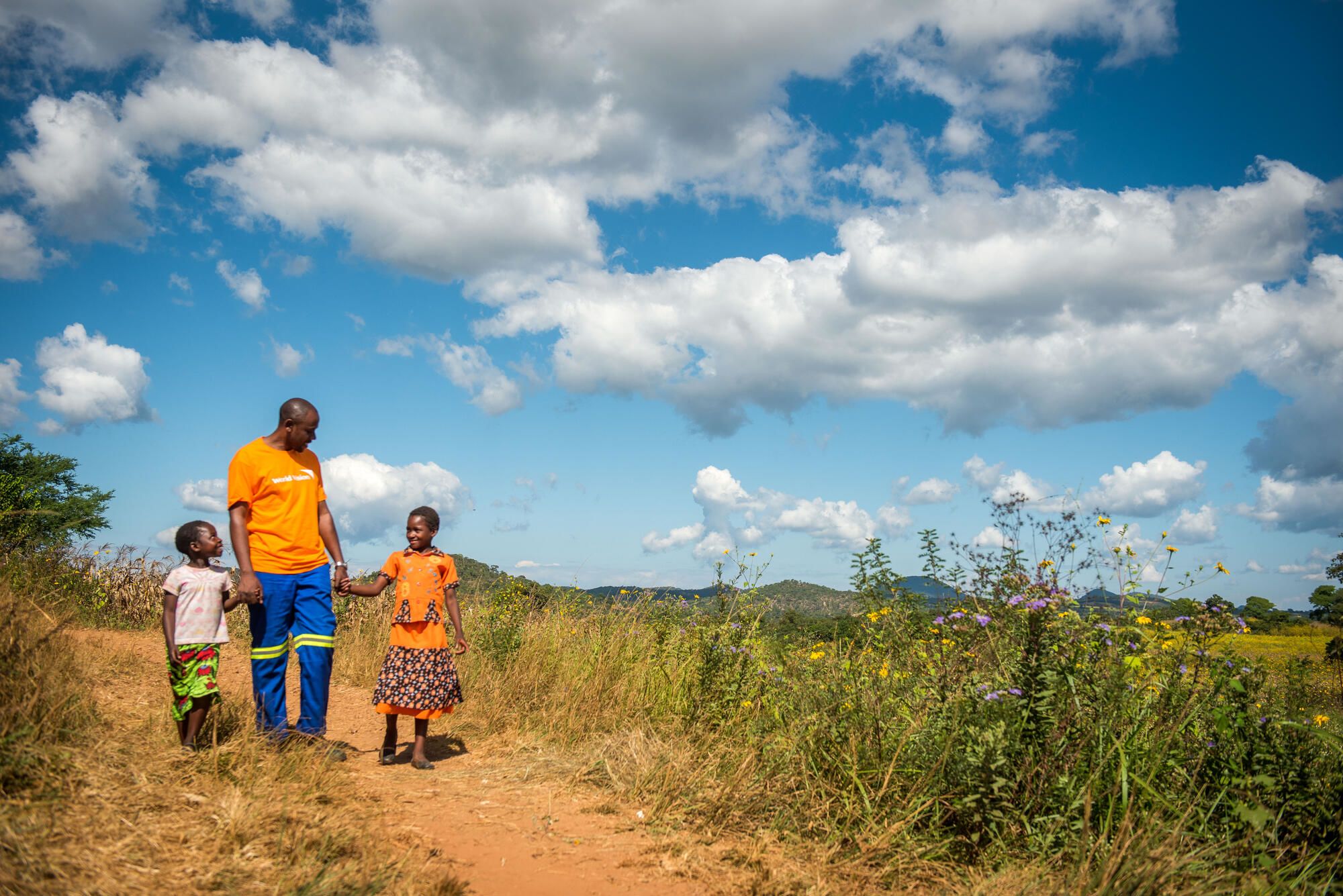
Since our presence in a community will always be temporary, sustained impact entails strengthening the capacities of those who will be around long after we have gone. Partnering with local faith leaders, organisations, and stakeholders enables our work to be more sustainable, effective and efficient. It helps to transfer power from outside agencies to local actors, it promotes localisation, it helps to make our activities more relevant and efficient, it leverages resources, and it reduces duplication. Partnerships should be characterised by Equity, Transparency and Mutual Benefit.
In order to strengthen the sustainability of child well-being, we strive to ensure that our programmes are joined up, collaborative, and intentionally strengthening each other’s capability

What are tranformed relationships?


Many stakeholders and organisations have an impact on children as they grow up, starting with their caregivers, families and communities, and extending to national and global systems that influence the economic, social, political, spiritual and environmental contexts in which they and their families live. Where these relationships break down, or are harmful, children can be exposed to multiple vulnerabilities, such as discrimination, abuse, exploitation, extreme deprivation, natural disasters and conflict. At World Vision, we recognise that realizing life in all its fullness requires the restoration of interconnected relationships, including: Relationships with God, Relationship with self, Relationships with others, and Relationships with God’s creation, the environment. The Transformed Relationships Driver aims to promote peaceful and positive relationships within families and communities, defined by trust, social inclusion, gender equality, voluntary sharing of time and resources, and the valuing and protecting of all children, especially the most vulnerable.
In order to strengthen the sustainability of child well-being, we strive to ensure that our programmes : Transform gender relations and dynamics; build peace and social cohesion within families and communities, and address harmful social norms and behaviours.
What is Governance and Social Accountability?
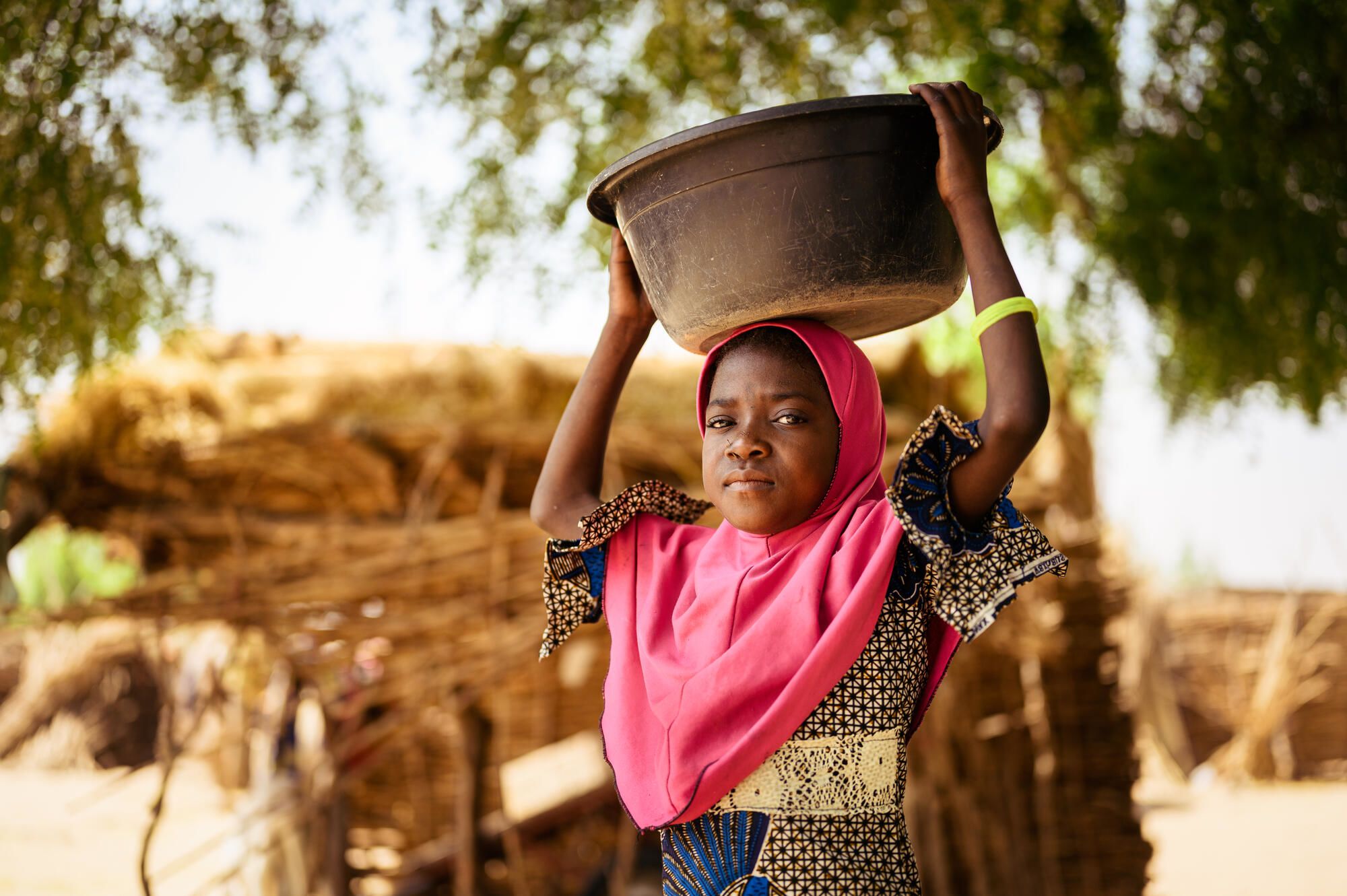
In many communities around the World, the relationship between citizens and their service providers or local government is weak. Despite government commitments and budgets that should guarantee essential services to families, the reality is often different. For example, local health clinics may lack basic drugs, local primary schools may be overcrowded or local police posts may lack staff trained to deal with child protection issues. The Governance and Social Accountability Driver emphasises the importance of making these needs visible to those who can, and should be, meeting them and urging those decision makers to act. Our staff works with local communities to identify gaps in service provision and equips them with tools to enable them to make sure that the government keeps their promises now and in the future.
In order to strengthen the sustainability of child well-being, we aim for our programmes to utilise Social Accountability and Local Advocacy, and strengthen local to national advocacy linkages.

What is resilience?
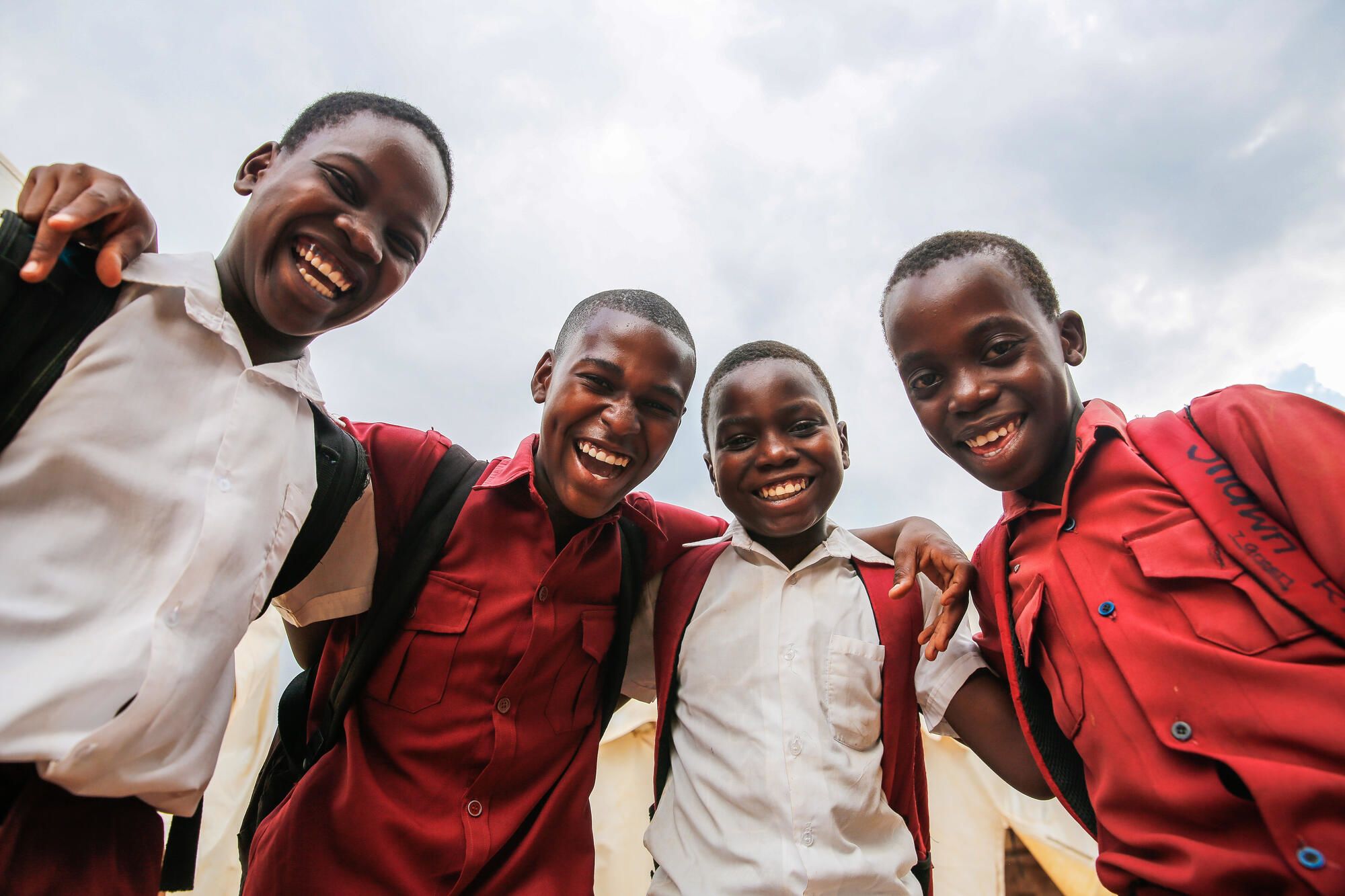

The Resilience Driver recognises that improvements in child well-being can be undermined or reversed by adverse events. These events can be large-scale phenomena, like natural disasters, conflicts and pandemics. Or they can be smaller scale events, affecting individuals and families, such as death, illness, job loss or crime. The ability to minimise one’s risk of harm from, and to cope with, such events is thus a key aspect of sustainability. Different technical sectors and approaches contribute to building resilience in their own way. Through our programmes families and communities develop resilience to changing shocks and stresses. The Resilience Driver describes the situation where households and communities manage their risks, absorb shocks and stresses, adapt to external factors and transform risks into opportunities on a pathway of growth and progress out of poverty.
In order to strengthen the sustainability of child well-being, our programmes promote: disaster risk reduction, economic resilience, risk management and growth, and spiritual and emotional resilience.

